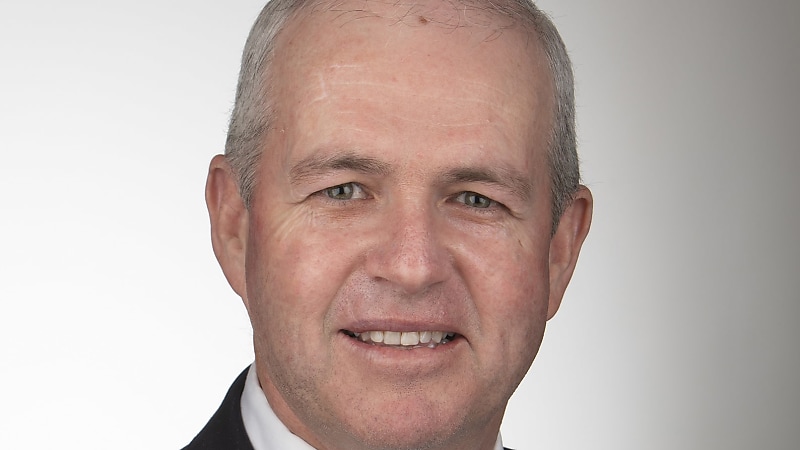Back to the future to mitigate Div 296 impact
A more traditional option of wealth building is coming back into play as SMSF trustees consider the impact of the proposed Division 296 tax.
Craig Brooke, CEO of KeyInvest, told SMSF Adviser that investment bonds are emerging as a safe and effective avenue for trustees looking to diversify and add more flexibility to their funds in the lead-up to the proposed $3 million super tax legislation.
“The looming change, set to take effect in the 2025-26 financial year and encompassing unrealised capital gains, necessitates a reassessment for impacted clients,” Brooke said.
“Advisers must begin strategising now to mitigate the impact of this new tax for clients with superannuation assets exceeding $3 million and those on track to reach this threshold.”
Brooke said investment bonds can play a significant role in a diversified strategy to minimise the impact of the proposed tax changes.
“Investment bonds were around before superannuation and if you think about the reasons that superannuation came about, it was to help fund retirement,” he said.
“Investment bonds were used, and continue to be used, to encourage long-term saving and investment, particularly for those on higher incomes. The proposed $3 million super tax now puts investment bonds on the same ground and has equalised the playing field.”
Brooke said investment bonds have a maximum 30 per cent tax rate, and the investment is fully tax-paid after 10 years with nothing to report to the ATO. In addition, there are no withdrawal restrictions, although withdrawing money before the end of the 10 years means earnings will be assessed as income in that year.
“Unlike superannuation, there is no contribution cap in the first year, with subsequent contributions limited to 125 per cent of the previous year, there are varying ownership structures (individual, joint, company or trust) and investors can switch between investment options without triggering a CGT event,” he added.
The take-up of a strategy like investment bonds will be a “stage of life thing”, he said, adding that for those SMSF trustees who may be in pre-retirement age, they offer the flexibility to distribute proceeds when they occur while for those in the transition to retirement stage, investment bonds include an estate planning component that allows for choice to be made for future distribution decisions outside of a will.
“And these can’t be contested. So rather than waiting around until someone passes, investment bonds can be used as a vehicle to make distribution decisions at different stages of your life,” he said.
Brooke continued that KeyInvest has seen a 25 per cent increase in inquiries regarding the uptake of investment bonds since the $3 million super tax was proposed, and the flows eventuating from that are up about seven per cent, an increase that has not been since the 1980s.
“A lot of SMSFs are considering options such as withdrawing amounts above $3 million and investing them differently. Why would you leave assets in a super vehicle if you can’t access it until retirement if you can get funds out above $3 million and invest it differently?” he asked.
“We are also seeing accountants looking at restructuring options from a superannuation perspective. The biggest concern for them is the tax on unrealised gains.”
He said for professionals likely to have super balances exceeding $3 million by retirement age, investment bonds offer a tax-effective solution that sits outside their superannuation to provide added flexibility.
“Financial advisers looking after generational wealth need to think about how to deal with this proposed taxation issue and how clients are planning to pass on their assets,” he said.
“High net worths with balances over $3 million can use these bonds to give certainty around complex estate issues, while for retirees there’s the opportunity to assist their family with education costs or property acquisition.”








